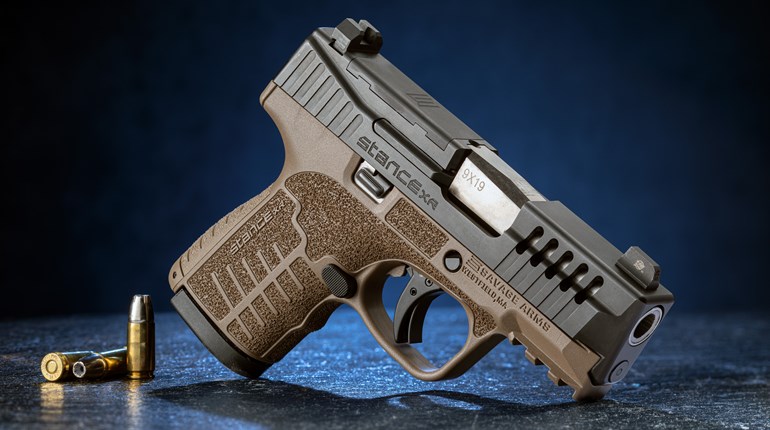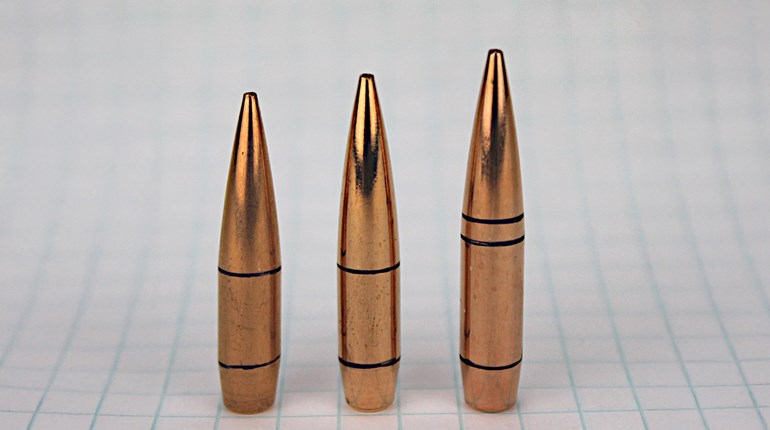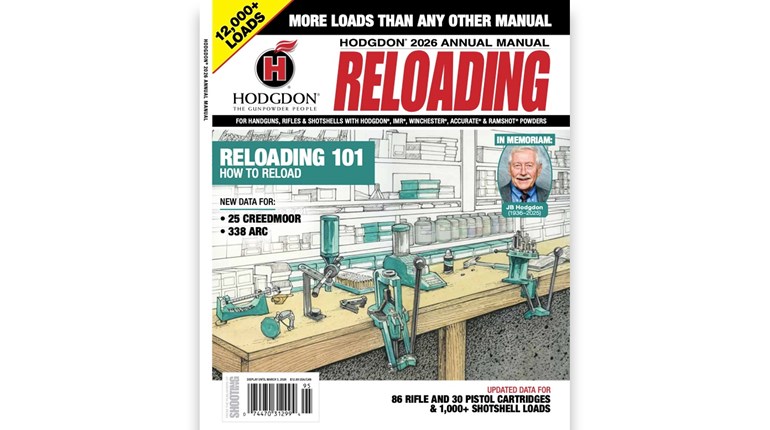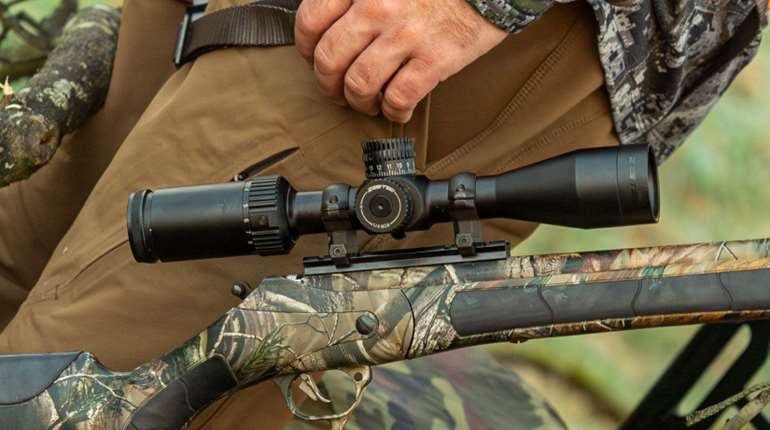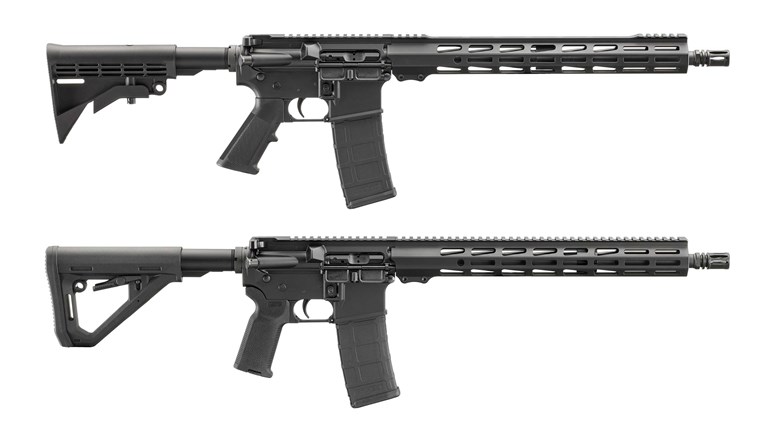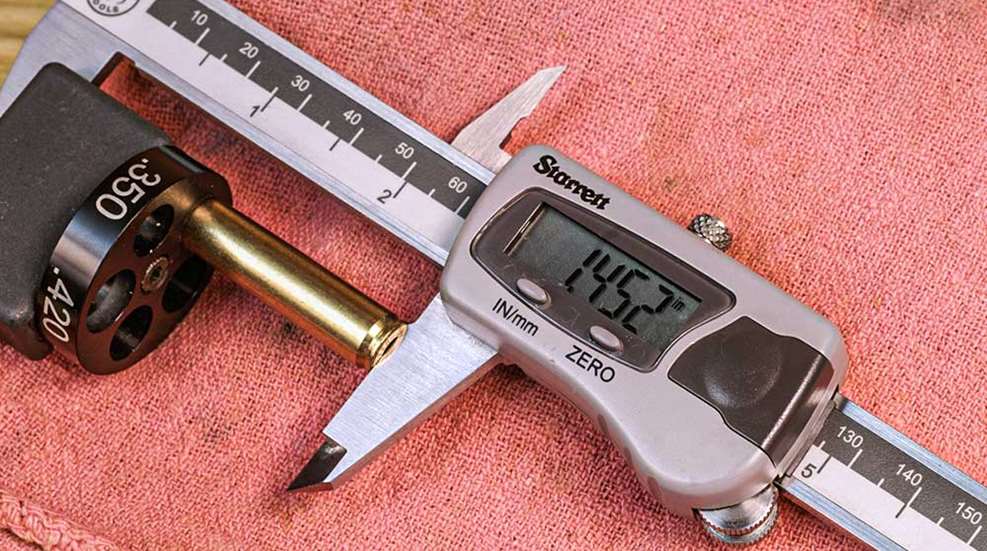
Going down a point-by-point list comparing and contrasting reloading particulars for a bolt-action and for a semi-auto assumes everyone is already familiar with loading for bolt-guns. It’s best not to assume too much, but since most information “out there” is based on the process-norms for bolt-actions, I likewise have to make some comparisons and contrasts. However, there are major differences between reloads intended for semi-automatic rifles and those for bolt-action rifles. These differences manifest in both tooling and components. Bolt-guns are generally well more tolerant or flexible than gas-guns. I’m thinking of cartridge dimensions and fuel.
Overall: Function first. And safety first. Both goals must coexist.
Elemental Essentials
The brass-alloy cartridge cases are made from is both elastic and plastic. Elastic means it can stretch or expand and then return. Plastic means it can stretch and stay, be shaped and reshaped. Expansion and contraction from firing and sizing hardens brass. The more it gets moved, the harder it becomes. Related also to these properties is that brass flows. The more expansion room available the more it flows. There’s a finite amount of material in a case so the flow creates areas that become thinner or thicker. Since most of this flow is forward, case heads get thinner and case neck walls get thicker.
Semi-automatic rifles tend to tax the fool out of that elastic part. Case dimensions need to start smaller so will expand more, plus. As with most metals, bend brass back and forth enough times and it will fracture. Go ahead now and accept that cartridge cases used in semi-automatic rifles will not last for as many reuses.
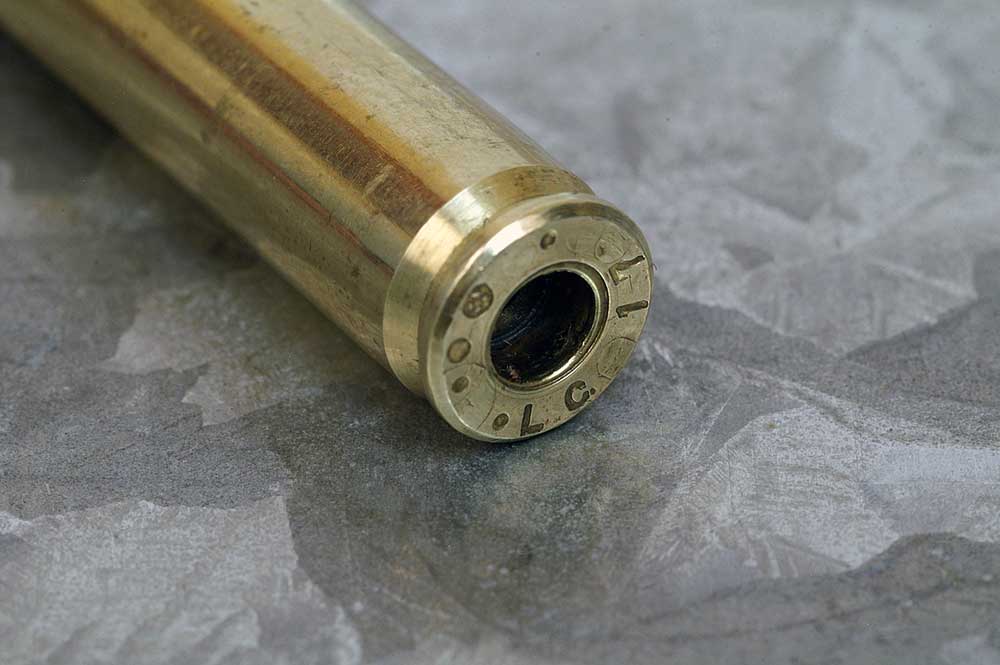
Since brass is an alloy, its makeup varies from maker to maker. A harder composition helps, because it’s more resistant to expansion and not as elastic. That might sound like a bad thing because harder brass is also more brittle, so it could succumb easier to the toll of additional expansion. Softer brass will conform more agreeably. This is true. It might seem like an equitable trade, but I assure you that it is hardness ultimately that matters most. I notice the softness mostly in primer-pocket expansion—harder cases don’t “loosen” as quickly. A softer case is also more resistant to extraction.
Thicker cases, by the way, are not necessarily harder or tougher. Again, that’s in the alloy composition itself.
The overall best choice for reuse in a .223 Rem. semi-auto AR-15 is probably good, old Lake City military brand (or another true mil-spec). It’s what it should be. Lake City brass is easily available but will be once-fired nearly always. As a bonus, Lake City brass also tends to be relatively thinner-walled (higher case capacity) than many commercial brands, and its quality (wall thickness) is agreeably consistent.
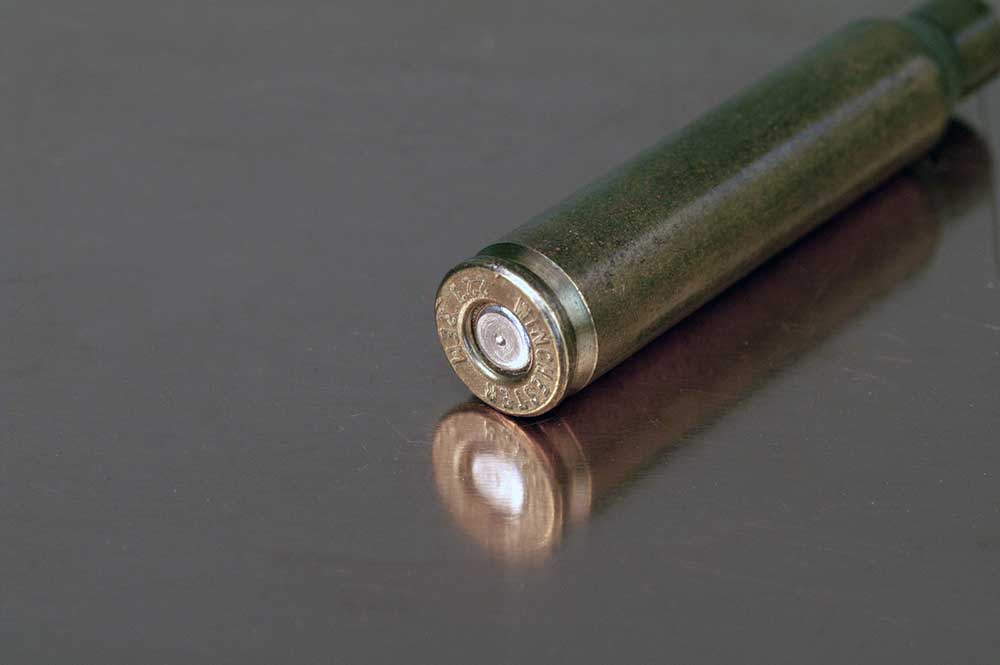
Tough Primers
There’s a floating firing pin on an AR-15 (and on the M1A also) that is supposed to be held in check, but that system doesn’t always work. If you load in and extract a round and see a little dimple on the primer, that’s from the firing pin tapping it (transmitted by the inertia of bolt closing). A combination of a high primer and a sensitive primer cup can create a “slam-fire,” which you do not want. That’s when the primer ignites just as the bolt has locked down, or, worse, just before. One tip when loading rounds for the AR-15: make doubly sure that each and every primer is seated to below flush with the case head. That should be true true for any reloaded round, but it's imperative for safety in a semi-automatic rifle.
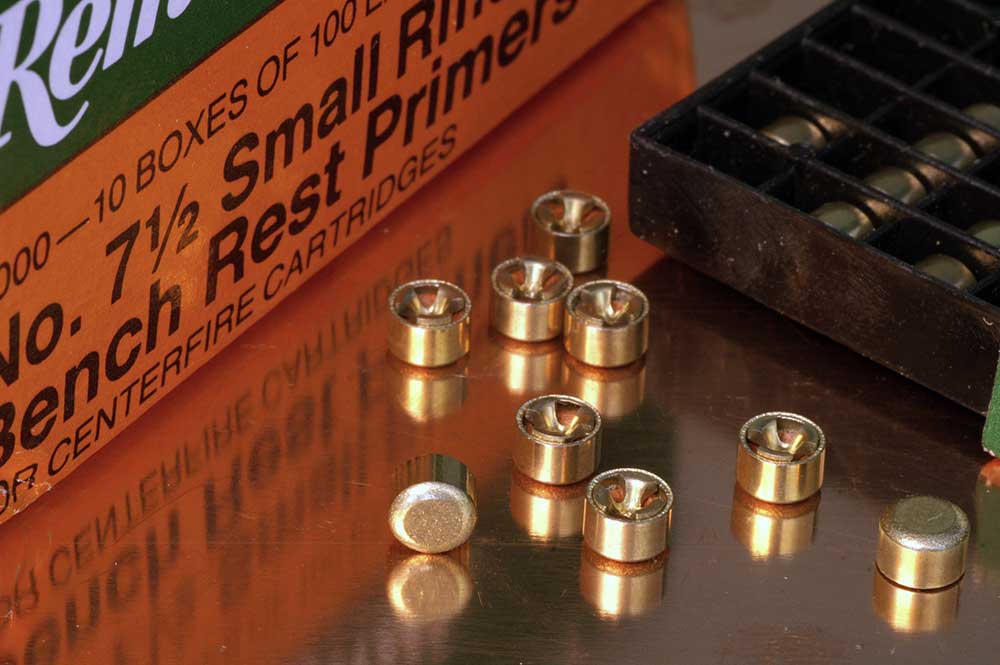
Brands? CCI, and others, have “mil-spec” primers (harder cup composition), and I’ve had success with Remington 7-1/2. Some of the well-respected “match” primers are a little too sensitive for use in reloads intended for the AR-15, in my opinion.
Reloaded Case Dimensions
Body: All semi-auto cases need to be run through a full-length sizing die. That’s one that touches on the entire area of the case neck and body, and also can contact the case shoulder. The idea is to squeeze the case body back down to something closer to what is was when new, and that is absolutely wise. Function first. A “neck-only” sizing die makes no contact with the case body, and therefore doesn’t apply any reduction to its (expanded) diameter.
Shoulder: Chambers have a headspace, and cases have a headspace. The case should match the chamber headspace as closely as possible without impeding function. Most new cases have from a little to a lot shorter headspace than most factory chambers. After firing, this is one area that will have expanded and stayed, and that’s because of the extra room. This needs to get moved back. A cartridge headspace gage is helpful, to the point that I think it's absolutely necessary in a good reloading kit for semi-automatic rifles.
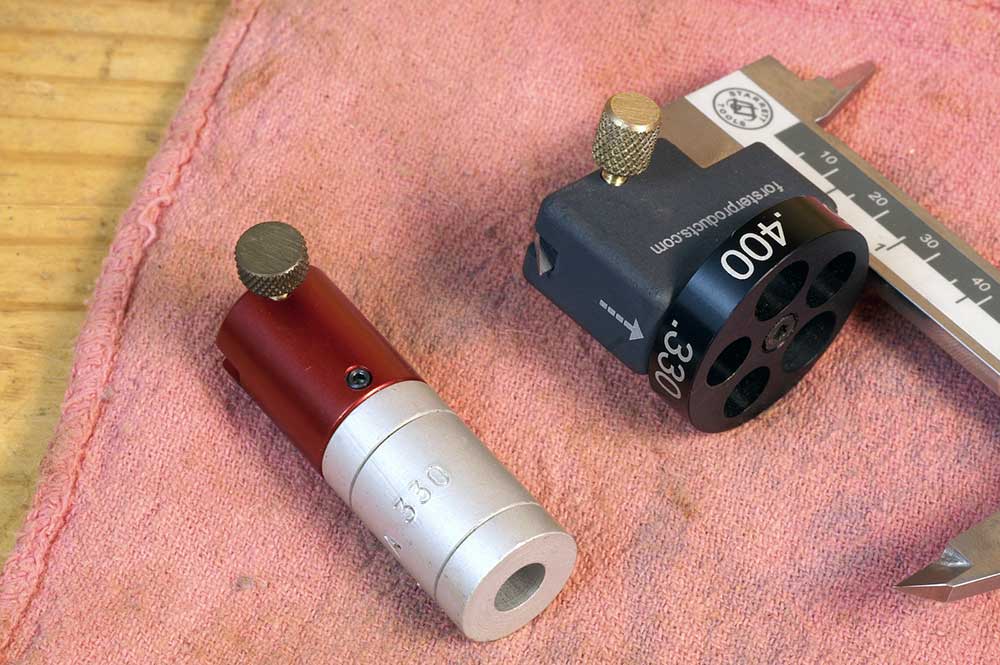
Case shoulder “set-back” comes when the sizing die is adjusted downward enough to contact the shoulder and move it down. The idea is to get at least a little gap ahead of the case shoulder of a chambered round. This assures easy feeding, free bolt closing and also accounts for some of the grunge that builds up in a chamber. Excessive set-back allows excessive expansion in successive firings, which means more brass flow and hardening. The gage allows control of this dimension to create minimum compromise between function and fitness: enough but not too much.
For a semi-automatic rifle, I say that is a minimum of 0.003 inch, and I recommend 0.004 inch for a tick more assurance. Measure a fired case (punch out the primer first), then thread the die down nearer the press ram shellholder to give 0.004 inches shorter than fired case dimension.
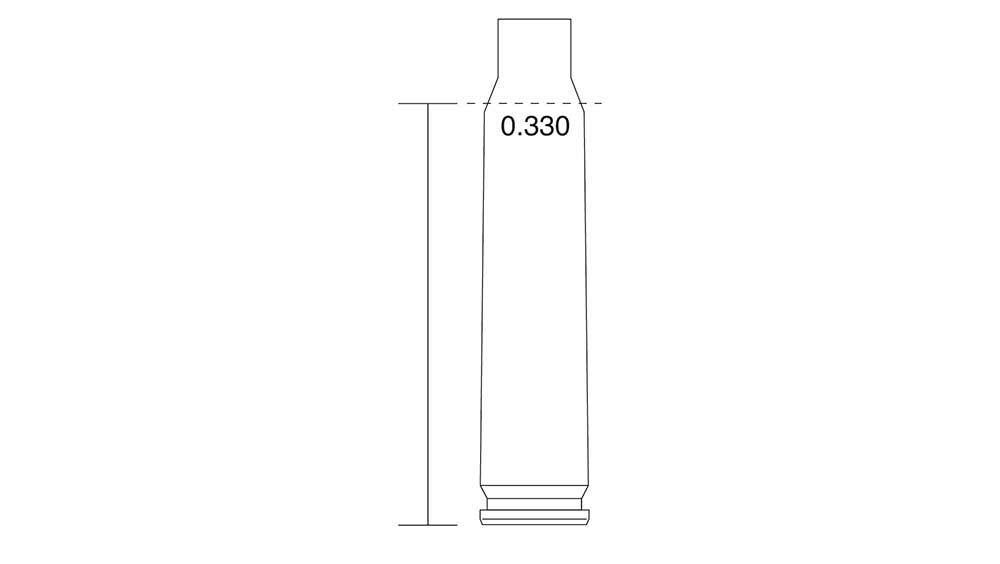
Neck: The case neck has to be made small enough again to retain a bullet adequately. Here’s another dimension that can stand for a little more reduction than for a bolt-action. Outside case neck diameter is simple to measure with calipers. Go for a sized neck diameter that’s 0.003 inch smaller than the loaded neck diameter, and 0.004 inch won’t hurt. Example: measure a loaded round at 0.248 inch, so size that neck to 0.245 inch or 0.244 inch. Many bolt-gun folks go with 0.002 inch or less. Clearly, it’s really the inside neck diameter that matters, and the outside neck diameter has a whopping lot to do with neck wall thickness, but it’s the most-simple way to measure it. Point is to get at least 0.003 inch worth of expansion when the bullet is seated.
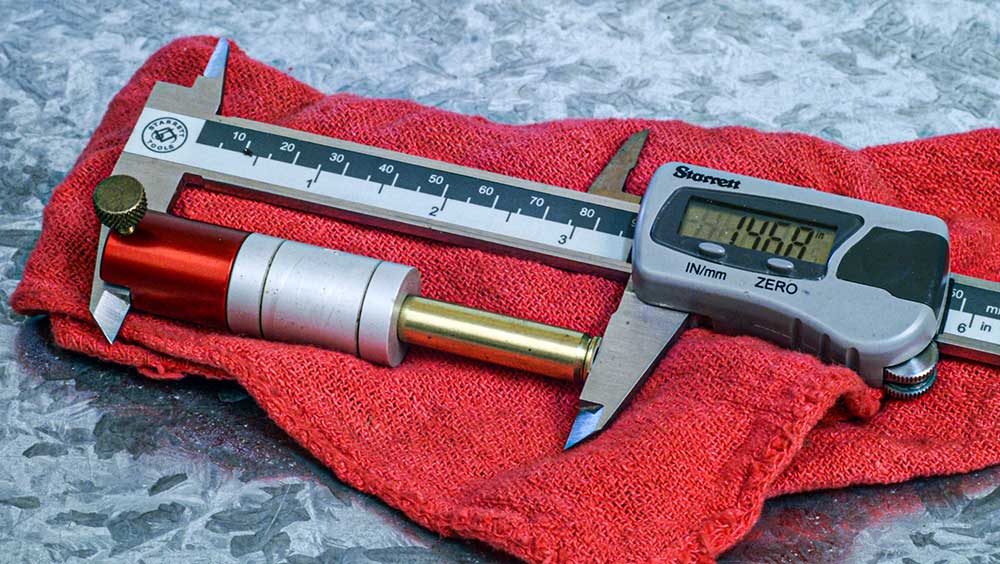
Reason: don’t take a chance of inadvertent bullet movement during the feeding cycle. That movement can be back or forward! It’s easily possible for a bullet to jump ahead when the inertia from the mass and momentum of the bolt assembly chambers the next round.
Overall: Too much sizing isn’t good, too little sizing is worse.
Propellants and Pressure Progression
One other element to note is propellant-burn rate. In general, faster is better than slower. In the world of semi-auto operating systems, milliseconds (and often fractional milliseconds) define “faster,” “slower,” “too much,” “too soon,” and so on.
In a semi-automatic operating system, the firing pin hits the primer, primer ignites, propellant ignites, pressure builds. When the case expands and the bullet exits the case neck and enters the bore, gas from burning propellant is driving the bullet forward and bullet progress is opening up more volume, more room, behind it for the gas to occupy. The pressure level of the gas is dropping as a result, but since propellant is also still being burned, there’s more gas being produced. It’s a wave, and it has a crest.
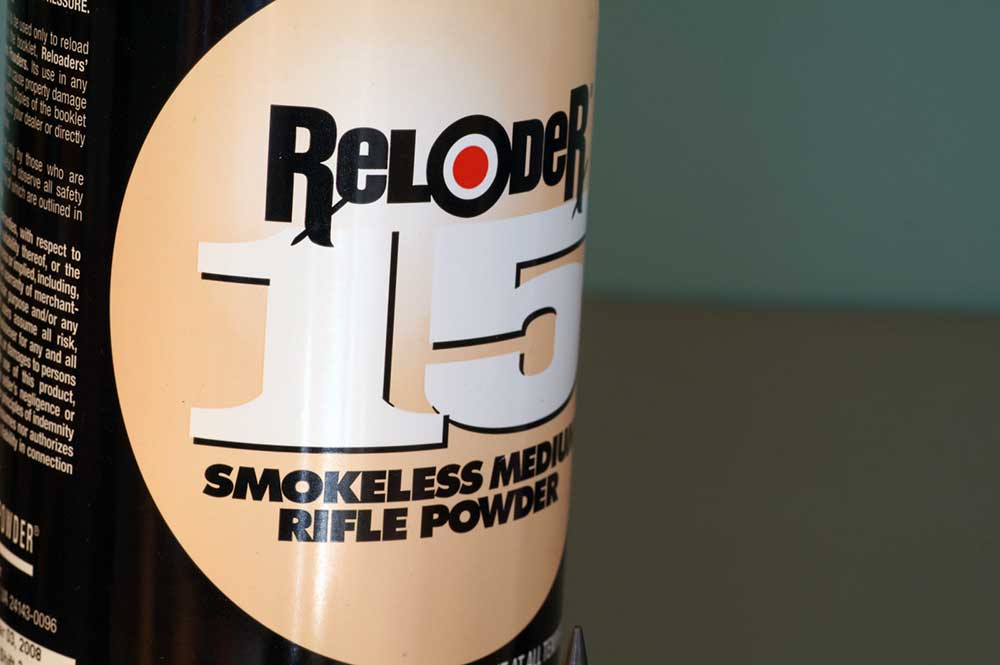
If we plot out gas pressure level within the barrel bore against the progression of bullet movement through the bore, we get a “pressure-time curve.” How much pressure at which point? The space between the chamber and the bullet is sealed until the bullet passes the gas port. What pressure level exists right then and there matters a whopping lot. That is “gas-port pressure” (described in PSI—pounds per square inch). This is not the same as chamber pressure.
Propellants with slower burning rates create higher gas port pressures, because they crest or peak farther down the barrel, nearer the port. There are other factors—bullet weight, barrel length, port size and port location. Regardless, though, slower-burning propellants will absolutely produce higher gas-port pressures.
Understand that “faster” and “slower” refer to propellants within a range of choices suitable for a particular cartridge, not to extremes.
It’s easy: Every loading manual I’ve seen lists load data in descending order from fastest to slowest. For .223 Rem., find the grouping that includes Alliant RE-15, Hodgdon Varget, and do not go lower (slower)! That’s safe. A favorite for most loads I use in .223 Rem. is Hodgdon 4895. I cut it off there for an M1A (those are more sensitive to higher port pressure than AR-15s).
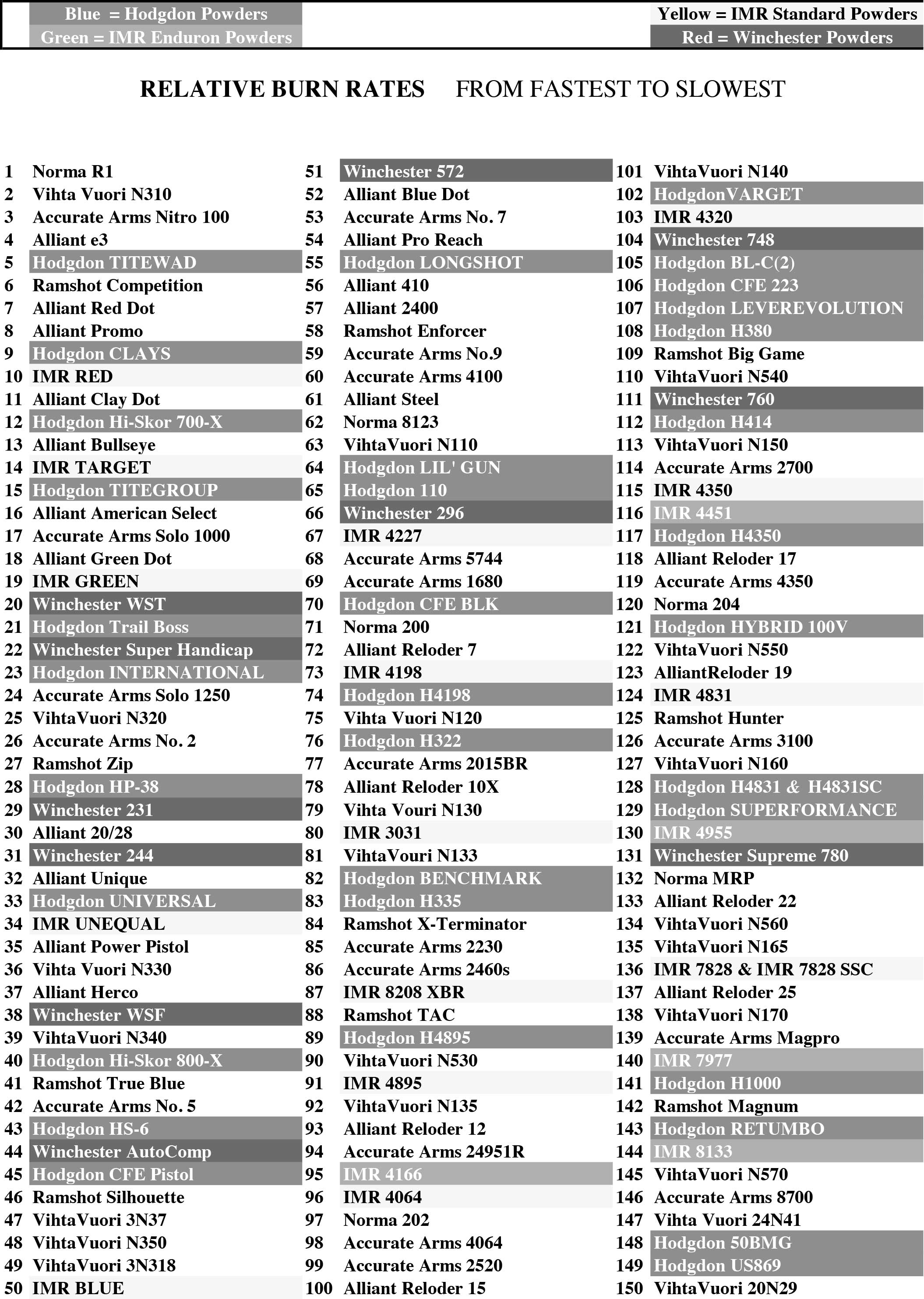
This holds true for any chambering. It’s especially influential for some of the cartridges common in big-chassis ARs (AR-10, SR-25) chambered in cartridges like .243 Win. or 6.5 Creedmoor. “Bolt-gun” standard propellants are often way too slow for these.
Reason: When the gas gets in and “activates” the cycling system, the bolt starts its unlocking process by moving rearward. Problem: the cartridge case is still under pressure. There’s really no way around this. If all pressure subsided before gas reached the mechanism, then there would be nothing to power it. It’s a matter of degrees (which means fractional milliseconds). Excessive pressure results in overly-quick unlocking, which escalates to excessive function, which includes increased rearward velocity of the bolt assembly. Beyond creating extraction malfunctions, it’s extra wear and tear, and more case abuse (bent rims, over-expanded body dimensions, shoulder included). And that is another reason for a “little bit more” shoulder set-back. I’ve measured many spent cases that had fired dimensions greater than chamber dimensions, and this is why.












